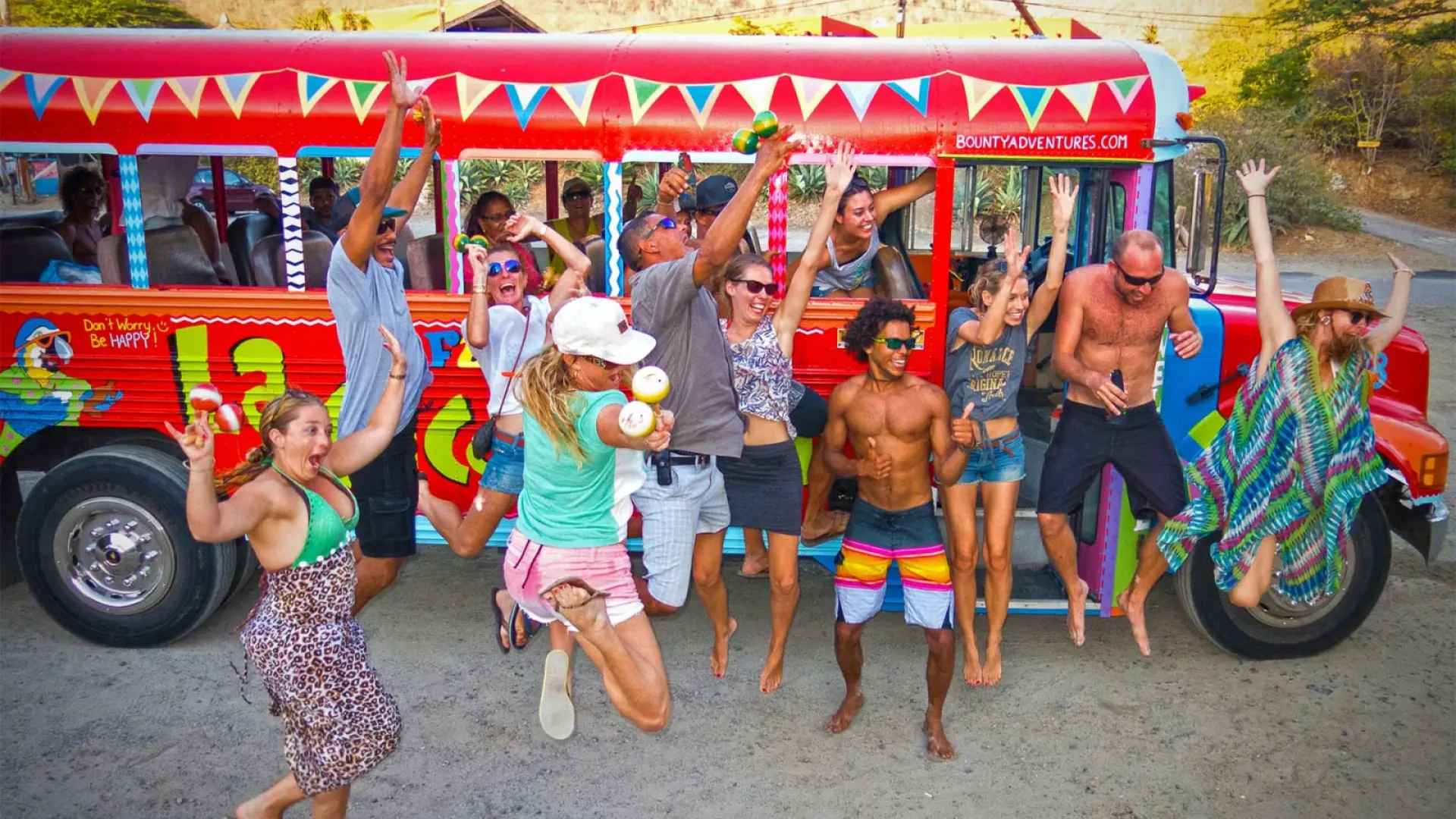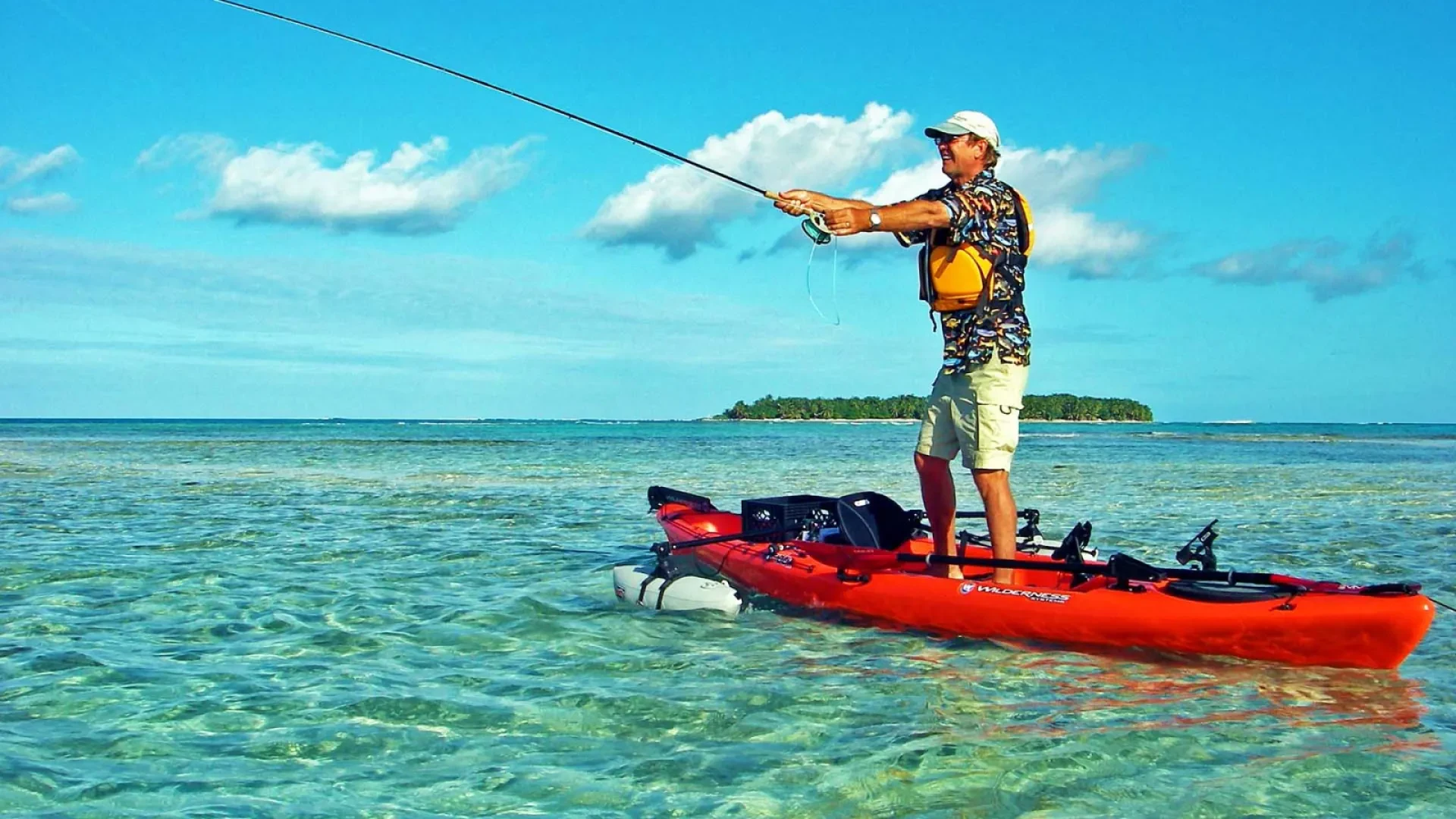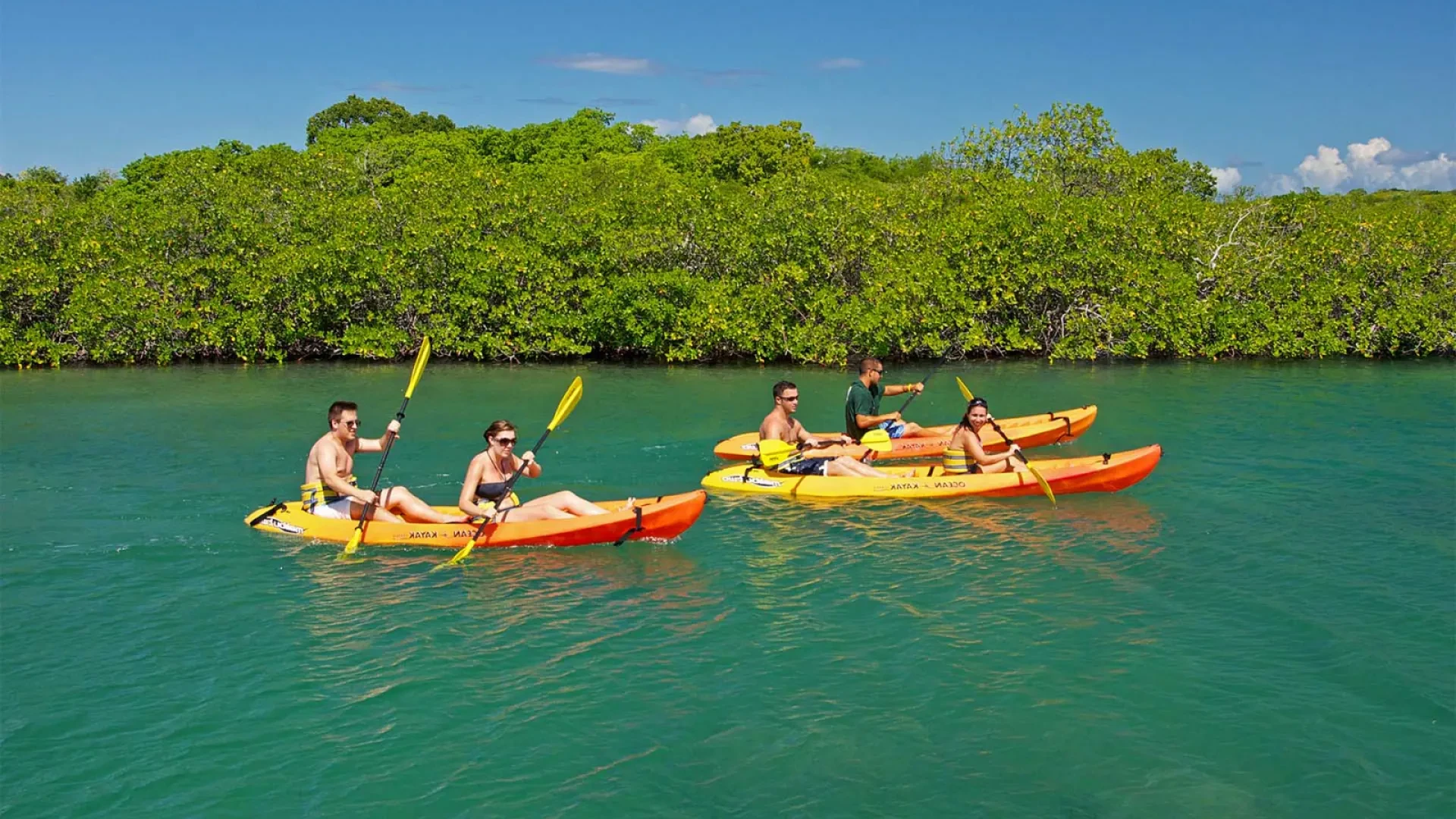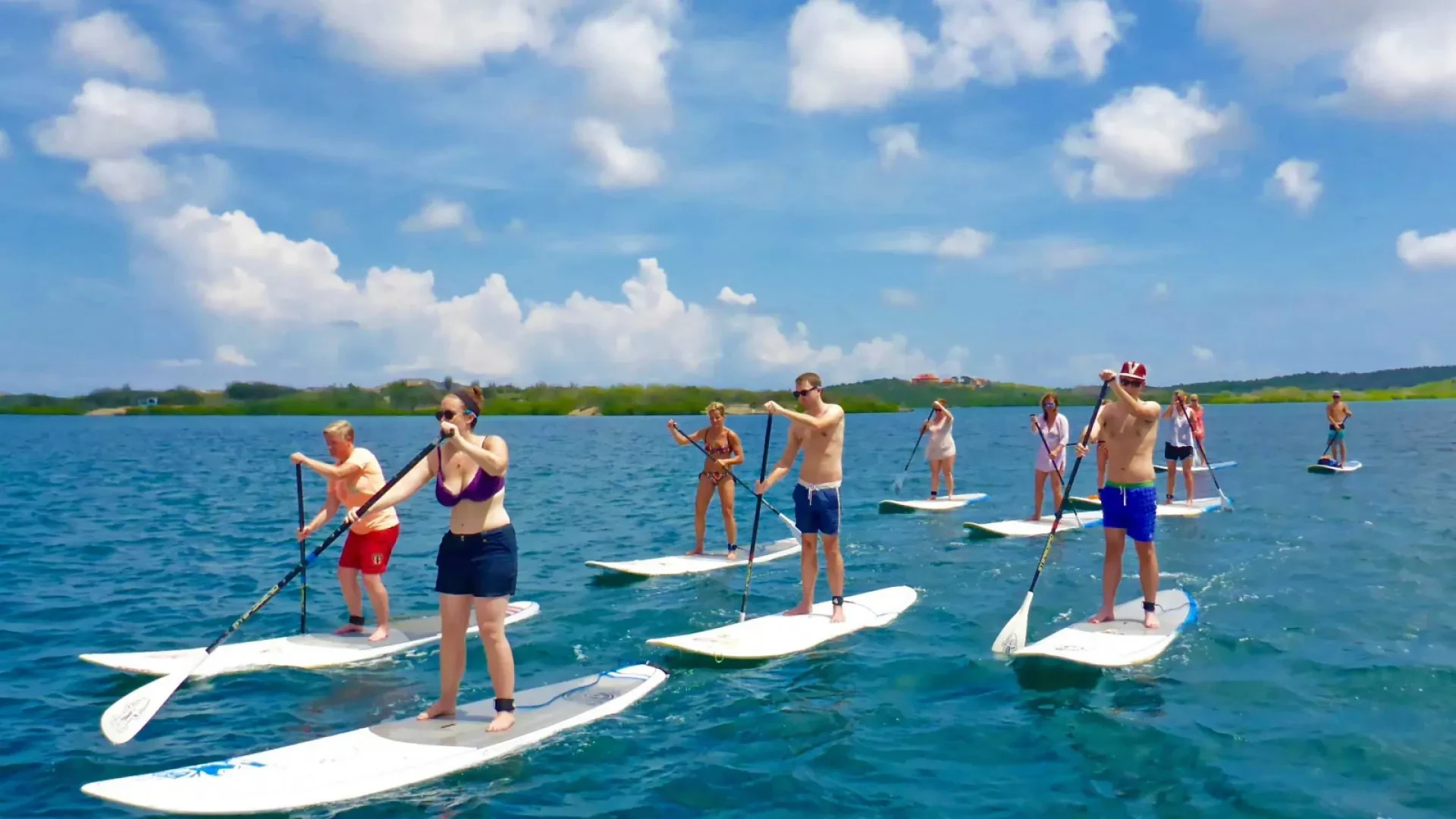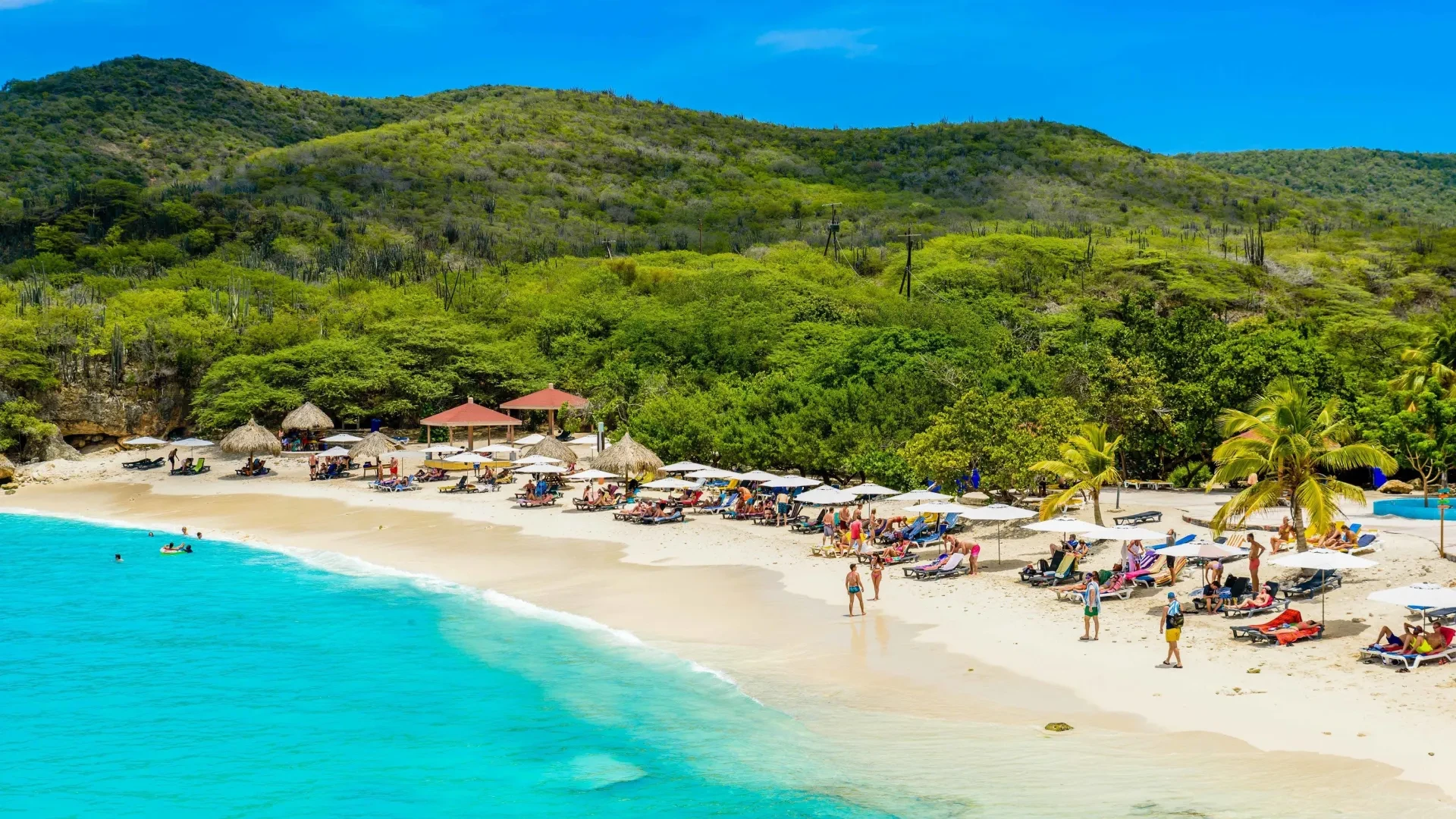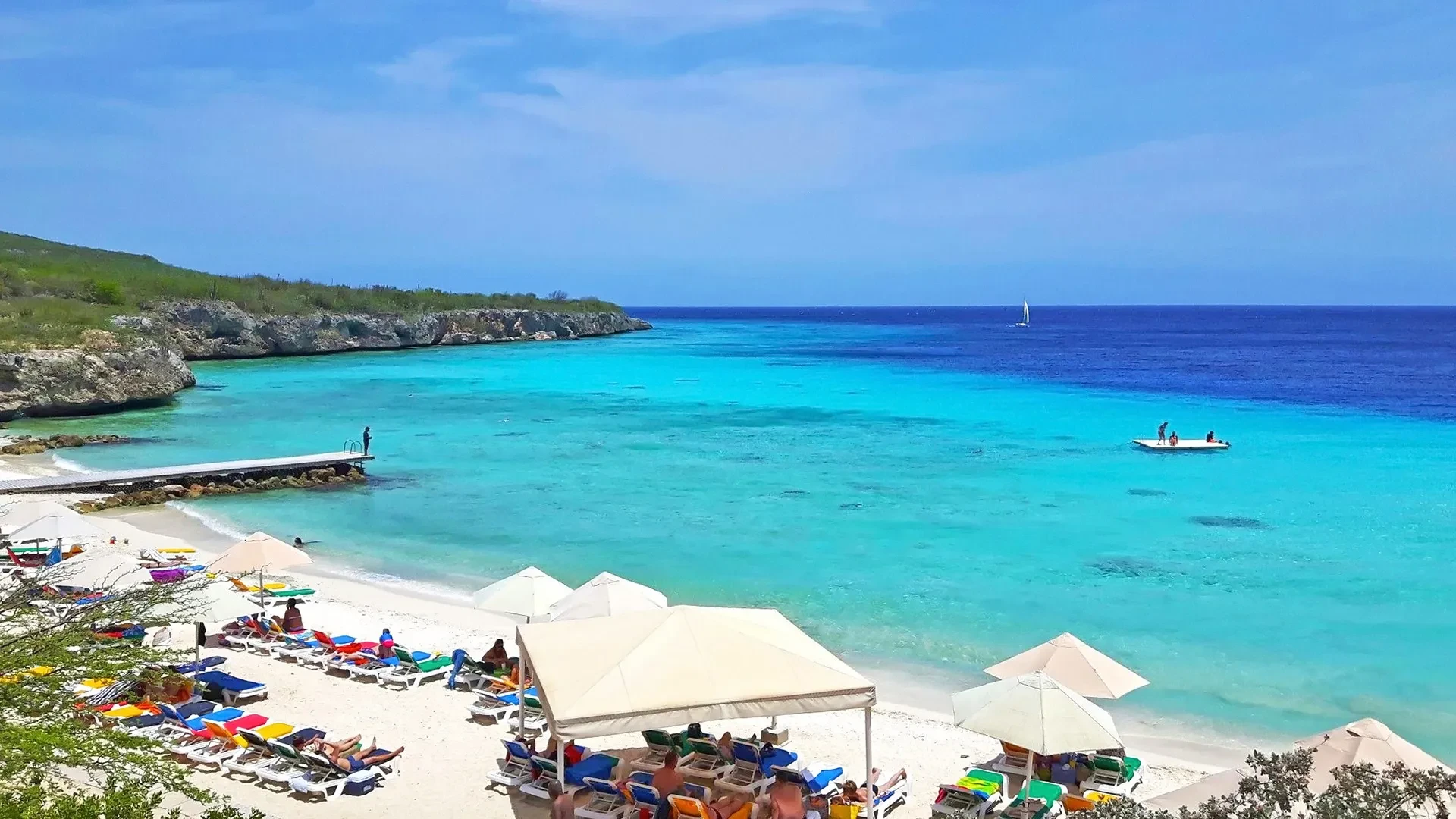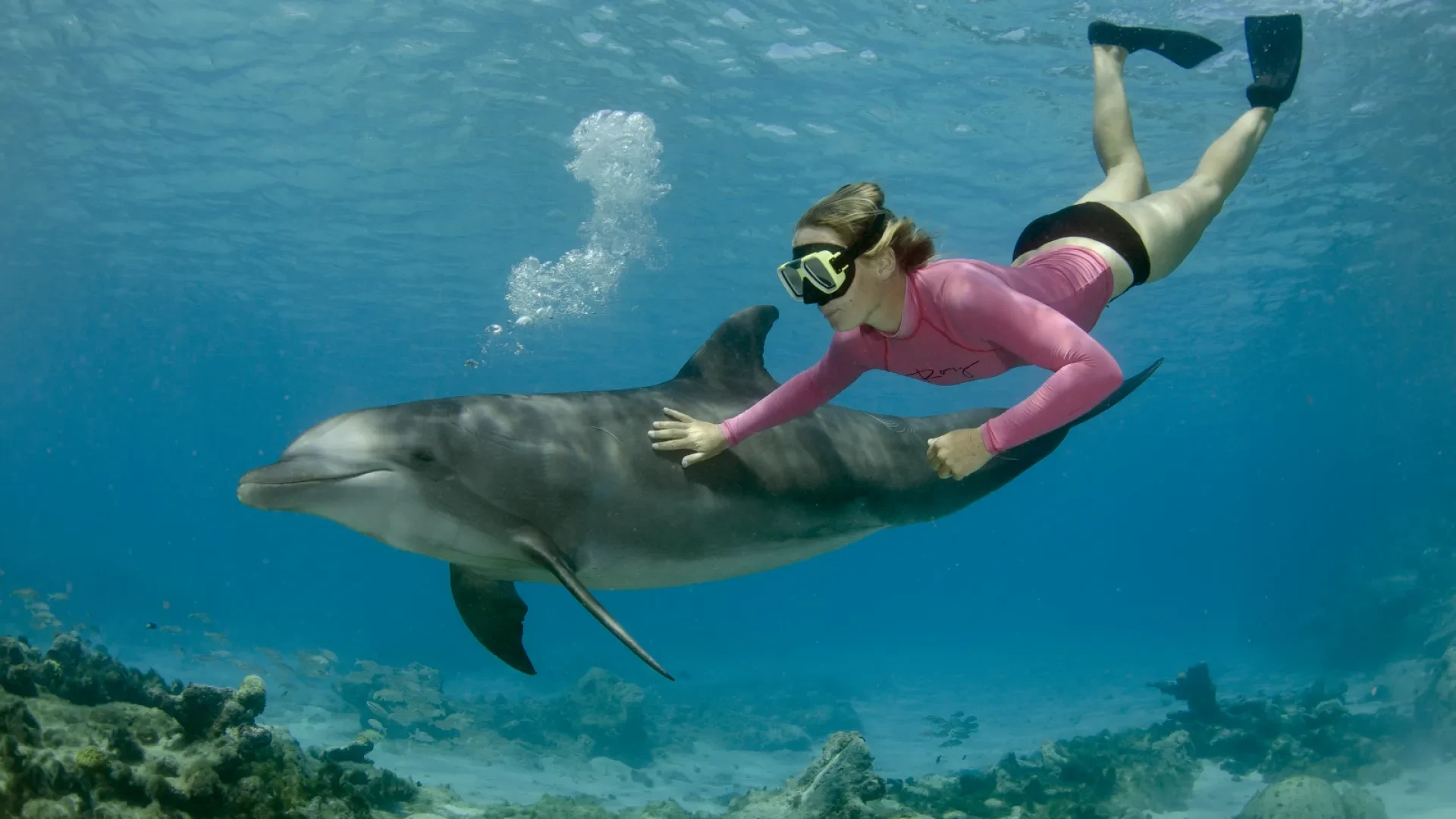Levente
August 21.
Been there. Done that.
Been there. Done that.
August 21.
The waters around Curaçao, in both the Caribbean Sea and the Atlantic Ocean, are home to various shark species. However, visitors have little to worry about - shark attacks in Curaçao are nearly nonexistent, even with the island's many ocean activities, including shark diving. In fact, there has been only one confirmed, unprovoked shark attack in Curaçao’s history, making it one of the safest Caribbean destinations in 2025.
Shark attacks are rare across the entire Caribbean, with just 71 recorded incidents since the 1700s—an average of 0.2 per year. Nearby islands like Aruba have had only one unprovoked attack, while Bonaire remains shark attack-free. By comparison, the United States has reported nearly 1,600 unprovoked shark attacks, averaging five per year, making it 25 times more dangerous than the Caribbean in this regard.
While some shark species in Curaçao can be somewhat aggressive, understanding their behavior can enhance safety and awareness during your vacation. The Bahamas tops the regional statistics with 34 confirmed attacks, followed by Cuba, Jamaica, and Puerto Rico. But in Curaçao, shark encounters remain extremely rare, ensuring a worry-free experience for visitors.
There have been no recent shark attacks in Curacao. The only shark encounter in Curacao was not even a real attack. It happened almost a century ago so reliable information on the incident is limited but we tried to put the puzzle together.
The Curacao island shark attack, which was more like an encounter, happened to Hans Hass on the northern coastline of Curacao in Ascension Bay on January 1st, 1939. How the incident happened exactly is unclear; the report only says that a tiger shark bumped into Hans Hass's hip and he suffered no injury.
The interesting thing about the encounter is that Hans Hass was an Austrian pioneering diver and marine researcher with a special interest in sharks. He has published 32 books and produced 73 films during his career. He died in 2013 aged 94 (not of a shark attack).
Are there sharks in Curacao? Of course there are sharks in Curacao; they are everywhere, and their absence would be catastrophic.

There are 19 major shark species around Curacao, but most of them are extremely rare to see. The 5 most common shark species in Curacao are Caribbean reef sharks, nurse sharks, blacktip sharks, tiger sharks, and lemon sharks.

Caribbean reef sharks are common in the western Atlantic Ocean, including Curacao, but face heavy fishing pressures and are classified as endangered. These sharks often spend their entire lives at a single reef and play a significant role in tourism in destinations like The Bahamas, Belize, and Honduras. Their diet includes large bony fishes, cephalopods, and crustaceans. While they typically inhabit shallow waters, they can dive to depths exceeding 300 meters.

Nurse sharks are one the types of sharks in Curacao. They are nocturnal creatures that often rest in groups during the day and become less active in colder conditions. Their distinguished characteristics included a flattened body, a broad head with barbels, and small serrated teeth designed for crushing hard-shelled prey. They are generally docile and non-migratory, but nurse sharks may bite if feeling threatened.

The blacktip shark, easily recognized by its black-tipped fins, is found in the coastal waters, coral reefs, and bays around Curacao. Often confused with the spinner shark, it can perform up to three spins while feeding. Typically measuring 5.5 feet and weighing 55 pounds, females are larger than males. They give birth to 4 to 11 pups every two years, leaving them in shallow nurseries to protect them from predators.
Their diet consists of bony fishes, cephalopods, stingrays, crustaceans, and shrimp. Prone to accidental capture, blacktip sharks are heavily targeted by commercial fisheries for their valuable meat and fins. Despite their numbers, they are near threatened due to overfishing and habitat destruction, with no international management plan in place.

Curacao hosts lemon sharks (Negaprion brevirostris), easily identified by their yellow-brown hue and social behavior, often gathering in groups called "schools" or "shivers." These night-time hunters mainly feed on bony fish and crustaceans. Typically calm, lemon sharks have been involved in around 10 unprovoked human attacks, none of which have been fatal.

The tiger shark (Galeocerdo cuvier) is a top predator recognized for its unique striped pattern and varied diet, which has earned it the moniker "garbage can of the sea." Inhabiting diverse marine environments, tiger sharks are considered highly dangerous and aggressive, having been involved in 142 unprovoked attacks on humans since 1580, with 39 of these proving fatal. Unlike many other shark species, tiger sharks often do not retreat after attacking humans. The only recorded shark encounter in Curacao was by a tiger shark.
The Caribbean is home to a wide range of shark species, from the peaceful Whale Shark to the more aggressive Bull and Tiger Sharks. These sharks thrive in different marine habitats, playing vital roles in the ecosystem and attracting marine enthusiasts. Below is a list of shark species found in the Caribbean.
|
|
If you experience a shark attack while in Curacao, follow these steps:
Remember, shark attacks are rare, but following these steps can help you survive a shark attack.
Curacao is dedicated to shark conservation through organizations like the Carmabi Foundation and the Dutch Caribbean Nature Alliance, which work to protect shark populations and promote sustainable practices. These efforts address threats such as habitat degradation and shark finning. Sharks play a crucial role in maintaining healthy marine ecosystems by regulating fish populations. Collaboration between local and international groups is essential for the future of shark conservation in Curacao and the Caribbean.

Shark conservation and education are crucial in reducing shark attacks in Curacao through the following methods:
By combining conservation with education, these efforts create safer environments for sharks and humans in the Caribbean and reduce the chance of fatal shark attacks.
The number of shark attacks in Curacao is only one. The non-fatal encounter happened in 1939.
There are sharks everywhere and their number is not easy to tell. But compared to the Bahamas, there are probably less sharks around Curacao.
Bull shark is frequent in the Caribbean Sea, including around Curacao.
Curacao is an excellent place to snorkel and is also very safe to do so. You are unlikely to encounter sharks while snorkeling especially if you swim at busy beaches.
If you go diving in Curacao you might be lucky to spot Caribbean reef sharks and nurse sharks. Both of them are harmless. You must be extremely (un)lucky to encounter tiger and bull sharks. If you really want to see sharks in 2025, you can visit the Curacao Seaquarium near Mambo Beach.

Creating this travel magazine takes an insane amount of time and money. If you’ve found it useful and would like to support me in helping other travelers like you, your donation would go a long way. Thanks, you’re the best!
